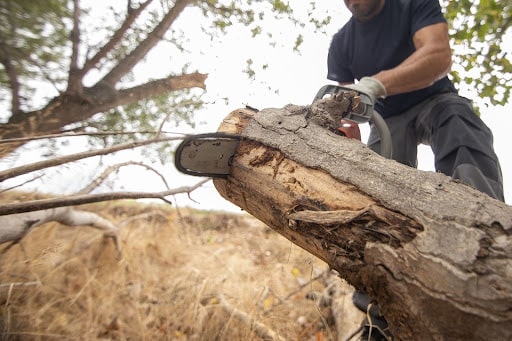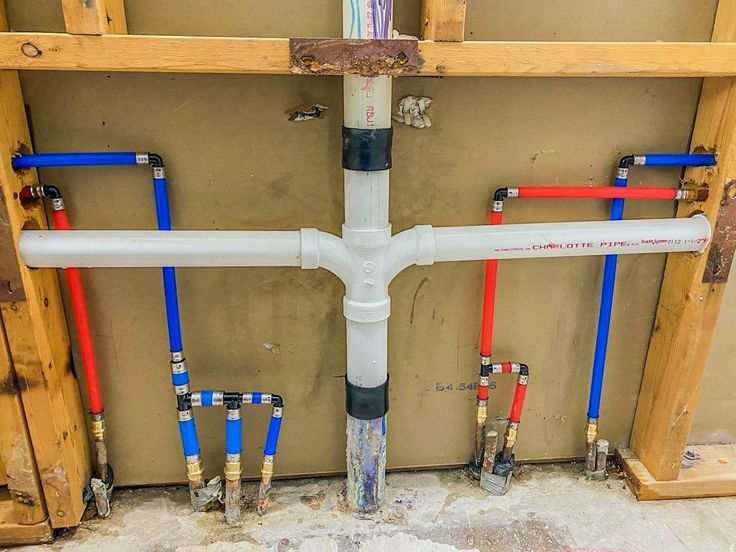Selling your car can be a bittersweet affair. You’re parting ways with a trusted vehicle; a four-wheeled companion that’s tread many miles and shared countless memories with you. However, the sale also presents an opportunity – a chance to recoup a significant portion of your investment and, if you play your cards right, perhaps even turn a tidy profit. However, knowing exactly how to position your car in the market to achieve maximum value can be tricky business. With the used car market growing increasingly competitive, it’s crucial to stand out and present your vehicle in the best possible light.
This comprehensive guide is here to walk you through every stage of the car-selling process, from the moment you decide to sell to the final handshake on a deal. We’ll cover everything from vehicle preparation and pricing strategy to leveraging the power of digital marketing. Without further ado, buckle up – we’re about to take the steering wheel and drive towards a successful car sale.
Deciding to Sell: Know When the Time Is Right
Assessing Your Needs and Wants
Before you even set foot in the market, it’s essential to be clear on your reasons for selling. Are you looking to upgrade to a newer model, downsize due to a change in lifestyle, or simply in need of some quick cash? Clarity on your motivations will guide many of the decisions you make throughout the selling process.
Reviewing the Market Conditions
Current economic and market trends play a significant role in the demand for certain types of vehicles. Research similar car models to yours to gauge how much they are fetching on the market. This information will help you set realistic expectations and avoid overpricing – a crucial mistake that can significantly slow down your sale.
The Beauty Is in the Details: Preparing Your Vehicle
Mechanical Check-Up
A thorough mechanical inspection is non-negotiable. Service the vehicle to address any known issues and consider securing a full service history report to showcase to potential buyers. An up-to-date service can add significant perceived value to your car and provide buyers with peace of mind.
Cleaning and Detailing
The importance of a clean vehicle cannot be overstated. A professional detailing, inside and out, can work wonders on the overall look and feel of your car. From shining rims to spotless interiors, a clean car not only looks better but also suggests that the vehicle has been well-cared for during its life.
Fixing Minor Repairs
Those dents, scratches, and small paint chips may seem like minor details, but they add up and can give a potential buyer bargaining power. Invest in repairing these before listing your car to present a more attractive, unblemished appearance.
Freshening Up the Interiors
Where the rubber meets the road – or, rather, where the buyer meets the car. Ensure that the seating, carpeting, and any other interior components present in a like-new condition. Minor fixes such as replacing worn floor mats or a cracked dashboard can improve the perceived value of your car.
Setting the Stage for Success: Pricing Your Vehicle
Understanding Value vs. Cost
The value of your car is determined by factors such as its age, mileage, condition, and desirability. Cost is what you paid for your car initially, now balanced by factors like depreciation and market trends. Understanding this distinction is crucial to setting an appropriate asking price for your vehicle.
Using Online Tools and Resources
There are a plethora of online resources available – from trusted industry pricing guides like Kelley Blue Book to car selling platforms with built-in pricing tools. Use these to your advantage, inputting accurate details about your vehicle’s make, model, and condition to get a ballpark figure of what you can reasonably expect to sell for.
Considering the Negotiation Factor
No one expects to sell at exactly the asking price. Leave a little wiggle room for negotiation, but be clear on your bottom line. Don’t drop the price too low too quickly, but be willing to negotiate within a predetermined range to find a price that works for both you and the buyer.
Marketing Your Car: Putting Your Best Wheel Forward
High-Quality Photos and Videos
Visuals speak volumes. Invest in taking high-quality photos and even videos of your car. Capture the vehicle from multiple angles and in different lighting conditions. A video walkthrough, inside and out, can also provide a prospective buyer with a virtual experience of the car before they see it in person.
Crafting a Descriptive Listing
The written description of your vehicle can be just as important as the visuals. Be upfront about the vehicle’s history, include key features, and highlight any notable aspects that would appeal to a potential buyer. Remember, honesty is the best policy when it comes to disclosing the condition of your car – it builds trust with buyers.
Leveraging Social Media and Online Marketplaces
Your potential buyers are scrolling through social media feeds and online car listings. Meet them where they are. Share your listing on platforms like Facebook Marketplace, Cars.com, and Craigslist. Engage with interested parties promptly and professionally to keep the conversation going.
Showtime: Negotiating and Closing the Deal
Holding Test Drives
Once you’ve attracted a potential buyer, organize a time for them to see and test drive the vehicle. Always accompany the buyer on the test drive and ensure they have the necessary identification and insurance should they want to drive the vehicle.
Handling Price Discussions
If the test drive goes well, it’s time to talk turkey. Listen to the buyer’s feedback and be prepared to discuss the condition and history of your vehicle. Be firm on your asking price, but flexible within reason. Aim to settle on a fair price that reflects the market value and the quality of your car.
Closing the Sale
When you and the buyer have reached an agreement, it’s time for the final paperwork. Transfer the title, have a bill of sale ready, and ensure both you and the buyer have copies of all relevant documents. It’s also an excellent idea to create a receipt for the transaction, signed by both parties, for your records.
Following Through: Final Best Practices and After-Sale Considerations
Transferring Warranties and Service Packages
If your car has an existing warranty or service contracts, initiate the transfer process as soon as possible to avoid any complications. Providing this extra value to the new owner can be a strong selling point and may make your vehicle more attractive compared to others on the market.
Notifying Insurance and DMV
To finalize the sale, contact your insurance provider and the Department of Motor Vehicles to inform them of the transaction. This ensures that you are no longer responsible for the car or any of its liabilities moving forward.
Post-Sale Maintenance
While the vehicle is no longer your concern, providing post-sale tips and advice can significantly enhance your reputation as a seller. Offer guidance on basic maintenance, share any knowledge about the vehicle’s quirks or unique features, and wish the new owner many safe and happy miles.
By following this comprehensive guide, you’ll not only increase the likelihood of selling your car (sælg bil) but also maximize its resale value. Each step, from detailed preparation to savvy marketing, is designed to help you present your vehicle in the best possible light, attract serious buyers, and secure a satisfying deal. Remember, the key to a successful car sale is preparation, presentation, and a pinch of patience. Happy selling!









